7 Ways Aquarium Decor Reduces Fish Stress

Adding the right décor to an aquarium isn't just about making the tank visually appealing for observers; it plays a crucial role in reducing fish stress and promoting a healthy aquatic environment. Fish, like many animals, can experience stress due to various factors including water quality, tank mates, and the layout of their living space. Here are seven ways that well-thought-out aquarium decor can significantly decrease stress levels in fish:
1. Providing Hiding Spots


Fish in the wild often use rocks, plants, and other structures to evade predators or seek refuge. In a captive environment, providing similar hiding spots with decor like caves, plants, and driftwood:
- Offers fish a sense of security.
- Reduces territorial disputes by giving each fish its own space.
- Helps shy or bullied fish to escape stress.
2. Enhancing Visual Barriers

Just like hiding spots, visual barriers such as rocks or dense plantings can obstruct line of sight between fish, which is especially beneficial in:
- Community tanks where aggressive species might be present.
- Reducing aggression during feeding times.
3. Mimicking Natural Habitats

Fish thrive when their environment closely resembles their natural habitat. By using decorations like:
- Real or artificial plants for tropical species.
- Rock formations for lake or river dwelling fish.
- This not only reduces stress but also encourages natural behavior.
4. Offering Exploration Opportunities

A diverse and stimulating environment promotes:
- Physical activity, reducing boredom which can lead to stress.
- Cognitive engagement, keeping fish mentally active.
5. Improving Water Quality
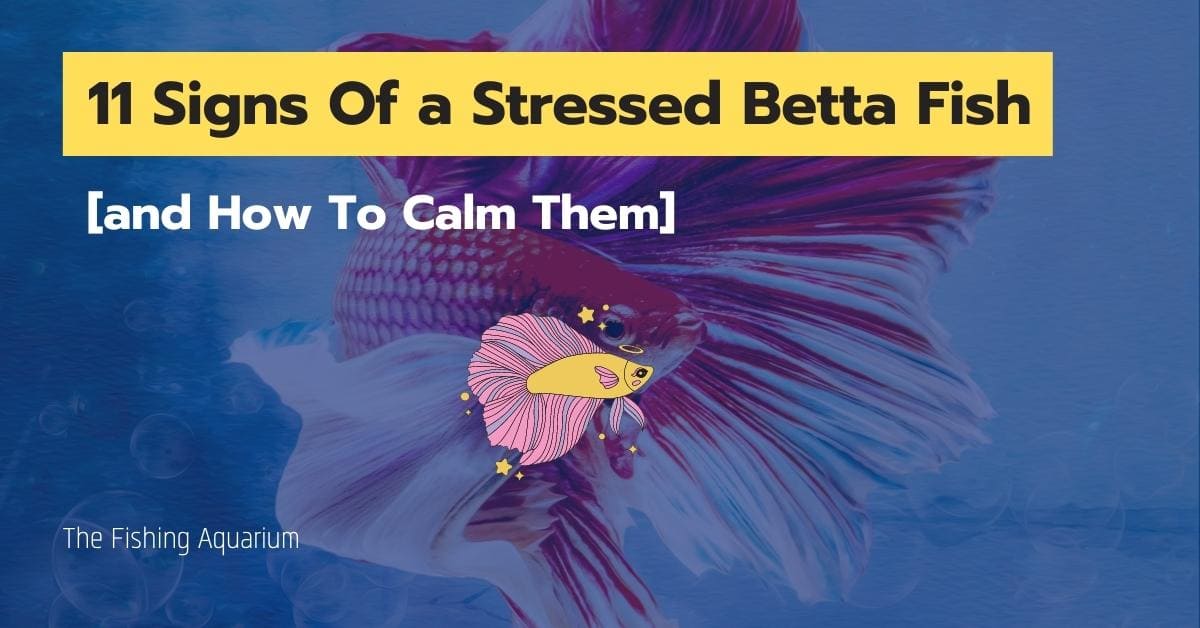
Certain types of decor can actually contribute to better water quality:
- Live plants absorb nitrates, aiding in natural filtration.
- Biological media like filter media housed in rocks or caves.
🌿 Note: Overstocking with live plants might demand more frequent nutrient additions to maintain health.
6. Reducing Reflection and Glare

Unfiltered tank walls can cause reflections or glare, which might be perceived as threats by fish:
- Using backgrounds or floating plants can reduce these visual disturbances.
7. Promoting Behavioral Health
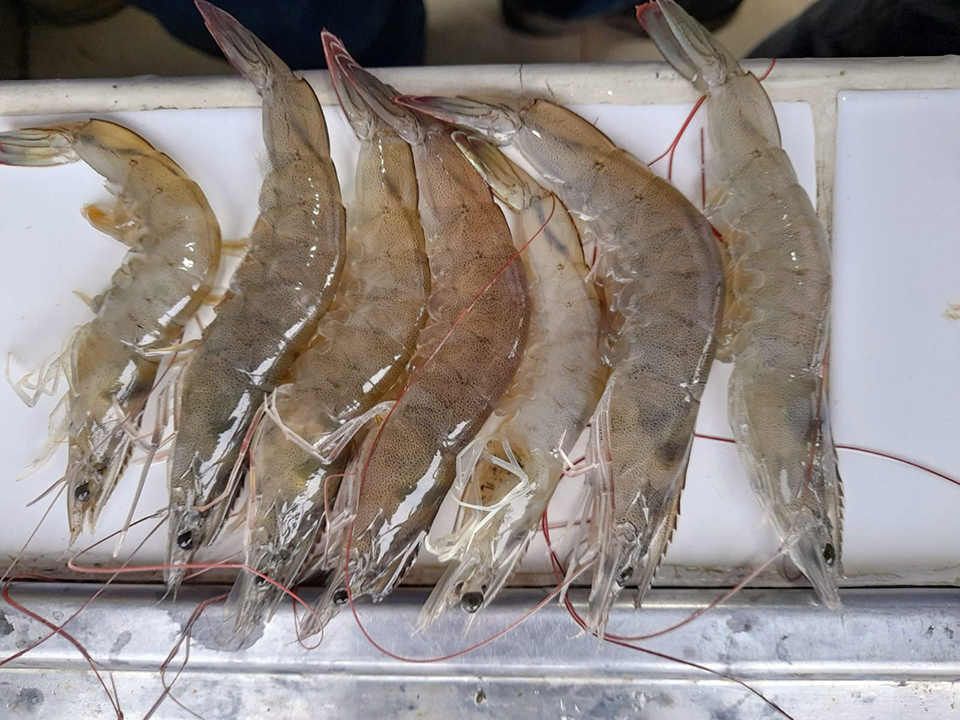
The decor’s influence on fish behavior goes beyond reducing stress:
- Helps establish territories, reducing aggression.
- Facilitates spawning by providing sheltered areas.
- Enhances the overall aesthetics, pleasing to both fish and keepers.
By understanding and incorporating these elements into your aquarium design, you provide a balanced and stress-free environment for your fish. Careful selection and arrangement of decor can lead to not only healthier fish but also more vibrant and interactive behavior, making your aquarium a dynamic ecosystem worth watching. As caretakers, our aim is to ensure our fish have a safe and thriving space to call home.
In the journey to create an optimal living space for aquarium fish, attention to decor isn't just about looks; it's about creating a balanced ecosystem where every creature feels at ease. Decor isn't an accessory; it's a necessity for fish health and behavior.
Can I use any type of decoration in my tank?

+
It’s essential to choose decorations that are safe for aquatic life. Ensure they are non-toxic, do not alter water parameters, and are appropriately secured to prevent any harm to fish or filtration systems.
How often should I rearrange the tank decor?
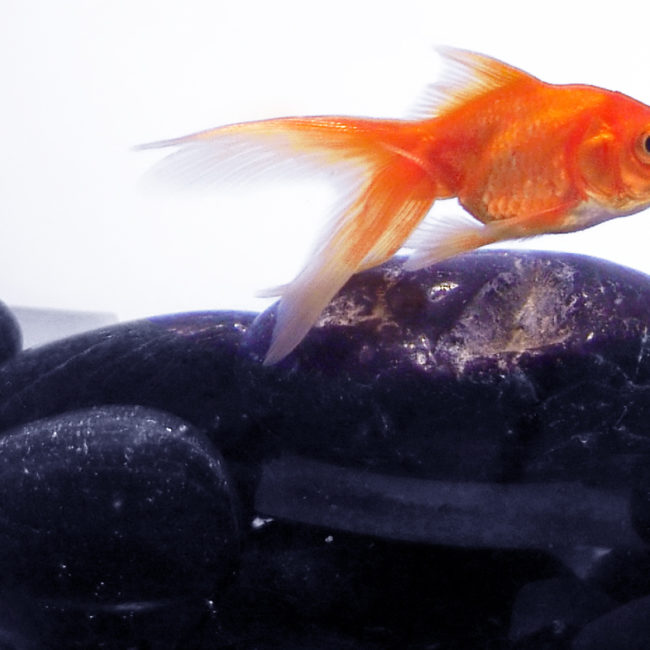
+
Regular rearrangement can keep the environment dynamic, but too frequent changes can stress fish. Aim for a few changes per year, allowing fish time to adapt to each new layout.
What are the signs of a stressed fish?

+
Stressed fish may exhibit behaviors like hiding, lethargy, loss of appetite, color fading, and changes in gill movement or breathing rate.
Can too much decor be harmful?
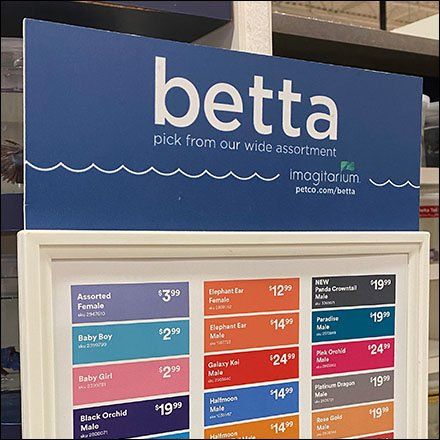
+
Yes, overstocking the tank with decor can limit swim space, obstruct water flow, and interfere with filtration systems, potentially causing more harm than good.
How do I decide on the right decor for my fish species?
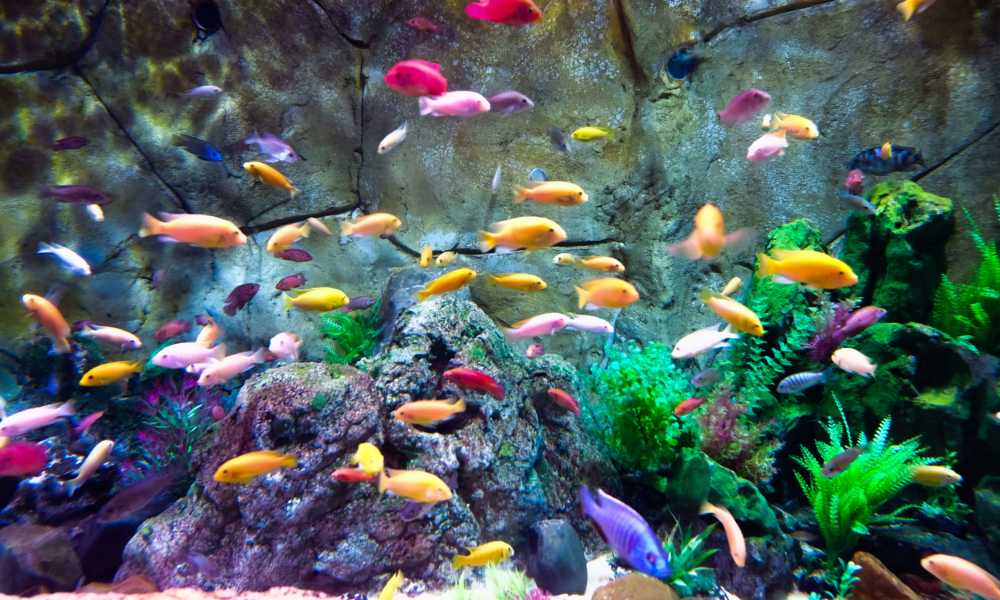
+
Research the natural habitats of your fish species. Choose decor that mimics these environments, considering factors like hiding places, substrate type, and lighting needs.



